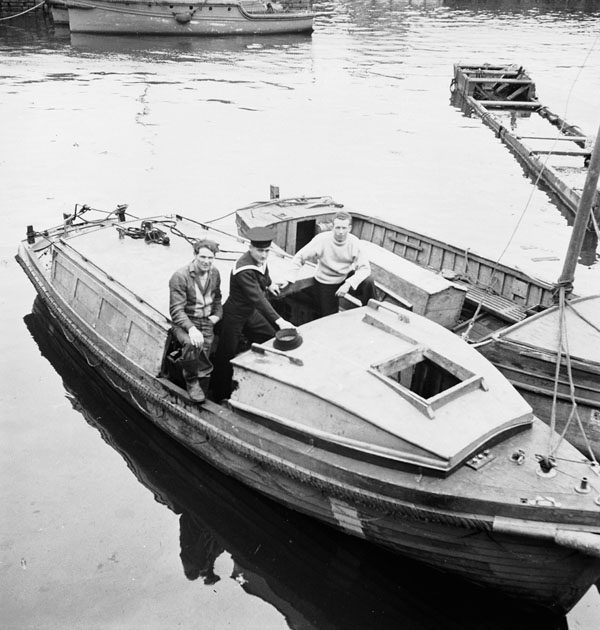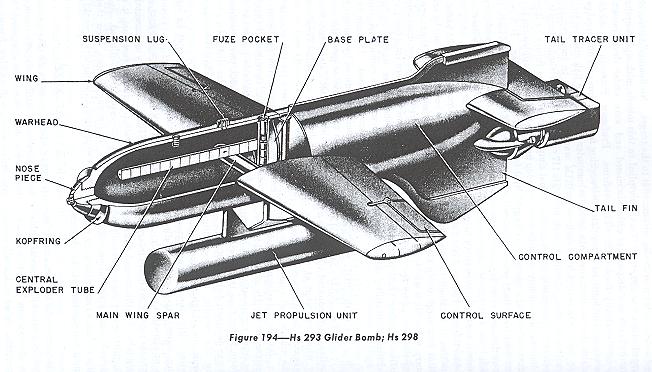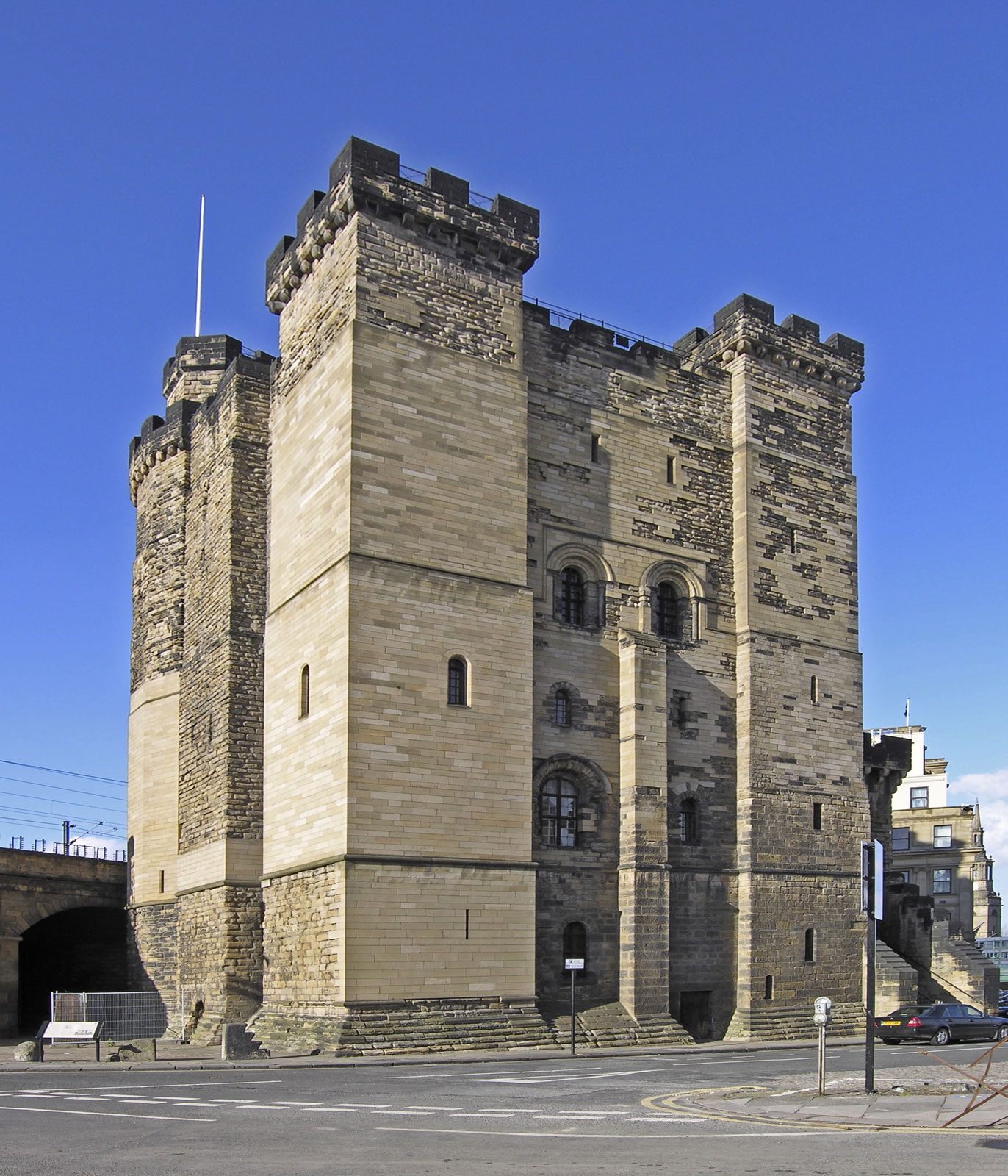|
HMCS Athabaskan (G07)
HMCS ''Athabaskan'' was the first of three destroyers of the Royal Canadian Navy to bear this name. It was a destroyer of the , that served in the Second World War. She was named for the First Nations peoples who make up the Athabaskan language group. She was torpedoed in the English Channel and sunk in 1944. ''Athabaskan'' was ordered 5 April 1940 as part of the 1940-1941 building programme. She was laid down in the United Kingdom on 31 October 1940 by Vickers Armstrong of Newcastle upon Tyne and constructed in consort with Parsons engine works. She was launched on 18 November 1941 and commissioned into the Royal Canadian Navy on 3 February 1943. Service history HMCS ''Athabaskan'' had a relatively short service of about 14 months between her commissioning and sinking. The ship also experienced several major mishaps and battle damage that required her being taken out of service for repairs for a total of about five months. When these repair periods are taken into account, '' ... [...More Info...] [...Related Items...] OR: [Wikipedia] [Google] [Baidu] |
Athabaskan Languages
Athabaskan (also spelled ''Athabascan'', ''Athapaskan'' or ''Athapascan'', and also known as Dene) is a large family of indigenous languages of North America, located in western North America in three areal language groups: Northern, Pacific Coast and Southern (or Apachean). Kari and Potter (2010:10) place the total territory of the 53 Athabaskan languages at . Chipewyan is spoken over the largest area of any North American native language, while Navajo is spoken by the largest number of people of any native language north of Mexico. ''Athebaskan '' is a version of a Cree name for Lake Athabasca ( crm, Āðapāskāw, script=Latn ' herethere are reeds one after another'), in Canada. Cree is one of the Algonquian languages and therefore not itself an Athabaskan language. The name was assigned by Albert Gallatin in his 1836 (written 1826) classification of the languages of North America. He acknowledged that it was his choice to use that name for the language family and its ... [...More Info...] [...Related Items...] OR: [Wikipedia] [Google] [Baidu] |
Royal Canadian Navy
The Royal Canadian Navy (RCN; french: Marine royale canadienne, ''MRC'') is the naval force of Canada. The RCN is one of three environmental commands within the Canadian Armed Forces. As of 2021, the RCN operates 12 frigates, four attack submarines, 12 coastal defence vessels, eight patrol class training vessels, two offshore patrol vessels, and several auxiliary vessels. The RCN consists of 8,570 Regular Force and 4,111 Primary Reserve sailors, supported by 3,800 civilians. Vice-Admiral Angus Topshee is the current commander of the Royal Canadian Navy and chief of the Naval Staff. Founded in 1910 as the Naval Service of Canada (French: ''Service naval du Canada'') and given royal sanction on 29 August 1911, the RCN was amalgamated with the Royal Canadian Air Force and the Canadian Army to form the unified Canadian Armed Forces in 1968, after which it was known as Maritime Command (French: ''Commandement maritime'') until 2011. In 2011, its historical title of "Royal Can ... [...More Info...] [...Related Items...] OR: [Wikipedia] [Google] [Baidu] |
Cape Ortegal
Ortegal is a ''comarca'' in the north of the Galician Province of A Coruña, Spain. It borders the Atlantic Ocean and the Cantabrian Sea to the north, the Province of Lugo to the east, the comarca of O Eume to the south, and comarca of Ferrol Ferrol may refer to: Places * Ferrol (comarca), a coastal region in A Coruña, Galicia, Spain * Ferrol, Spain, industrial city and naval station in Galicia, Spain ** Racing de Ferrol, an association football club * Ferrol, Romblon, municipality in ... to the west. It covers an area of 394.3 sq.km, which accounts for 1.33% of all the land area in Galicia. The overall population of this region was 13,916 at the 2011 census; the latest official estimate (as at the start of 2018) was 12,238.Estimate at 1 January 2018: Instituto Nacional de Estadística, Madrid. Municipalities The comarca comprises the following four municipalities: References {{coord, 43, 41, 35, N, 7, 50, 39, W, type:adm3rd_source:kolossus-cawiki, display=title ... [...More Info...] [...Related Items...] OR: [Wikipedia] [Google] [Baidu] |
KG 100
''Kampfgeschwader'' 100 (KG 100) was a ''Luftwaffe'' medium and heavy bomber wing of World War II and the first military aviation unit to use a precision-guided munition (the Fritz X anti-ship glide bomb) in combat to sink a warship (the Italian battleship ''Roma'') on 9 September 1943. History KG 100 was created from '' Kampfgruppe 100'', a specialist pathfinder unit formed on 26 August 1938 as ''Luftnachrichten Abteilung'' 100 at Köthen. On 18 November 1939 it was renamed K.Gr. 100.de Zeng, Stankey, Creek 2008, p. 265. It was the first unit to use Y-''Verfahren'' (Y-Control) navigation aids. It spent the inter-war years training on high-altitude flights to North Africa, the Eastern Mediterranean and northern Finland. K.Gr. 100 participated in all of the continental campaigns from 1939 to 1941, in medium bomber and maritime interdiction operations. Stab./KG 100 was formed on 29 November 1941 at Châtres, France and placed under the command of ''Oberst'' Heinz-Ludwig von ... [...More Info...] [...Related Items...] OR: [Wikipedia] [Google] [Baidu] |
Henschel Hs 293
The Henschel Hs 293 was a World War II German radio-guided glide bomb. It is the first operational anti-shipping missile, first used unsuccessfully on 25 August 1943 and then with increasing success over the next year, ultimately damaging or sinking at least 25 ships. Allied efforts to jam the radio control link were increasingly successful despite German efforts to counter them. The weapon remained in use through 1944 when it was also used as an air-to-ground weapon to attack bridges to prevent the Allied breakout after D-Day, but proved almost useless in this role. Development The Hs 293 project was started in 1940, based on the "Gustav Schwartz Propellerwerke" pure glide bomb that was designed in 1939. The Schwartz design did not have a terminal guidance system; instead, it used an autopilot to maintain a straight course. It was intended to be launched from a bomber at sufficient distance to keep the aircraft out of range of anti-aircraft fire. A Henschel team, und ... [...More Info...] [...Related Items...] OR: [Wikipedia] [Google] [Baidu] |
Bay Of Biscay
The Bay of Biscay (), known in Spain as the Gulf of Biscay ( es, Golfo de Vizcaya, eu, Bizkaiko Golkoa), and in France and some border regions as the Gulf of Gascony (french: Golfe de Gascogne, oc, Golf de Gasconha, br, Pleg-mor Gwaskogn), is a gulf of the northeast Atlantic Ocean located south of the Celtic Sea. It lies along the western coast of France from Point Penmarc'h to the Spanish border, and the northern coast of Spain west to Cape Ortegal. The south area of the Bay of Biscay that washes over the northern coast of Spain is known locally as the Cantabrian Sea. The average depth is and the greatest depth is . Name The Bay of Biscay is named (for English speakers) after Biscay on the northern Spanish coast, probably standing for the western Basque districts (''Biscay'' up to the early 19th century). Its name in other languages is: * ast, Mar Cantábricu * eu, Bizkaiko golkoa * br, pleg-mor Gwaskogn * french: golfe de Gascogne (named after Gascony, France) * ... [...More Info...] [...Related Items...] OR: [Wikipedia] [Google] [Baidu] |
Plymouth
Plymouth () is a port city and unitary authority in South West England. It is located on the south coast of Devon, approximately south-west of Exeter and south-west of London. It is bordered by Cornwall to the west and south-west. Plymouth's early history extends to the Bronze Age when a first settlement emerged at Mount Batten. This settlement continued as a trading post for the Roman Empire, until it was surpassed by the more prosperous village of Sutton founded in the ninth century, now called Plymouth. In 1588, an English fleet based in Plymouth intercepted and defeated the Spanish Armada. In 1620, the Pilgrim Fathers departed Plymouth for the New World and established Plymouth Colony, the second English settlement in what is now the United States of America. During the English Civil War, the town was held by the Parliamentarians and was besieged between 1642 and 1646. Throughout the Industrial Revolution, Plymouth grew as a commercial shipping port, handling impo ... [...More Info...] [...Related Items...] OR: [Wikipedia] [Google] [Baidu] |
HMNB Devonport
His Majesty's Naval Base, Devonport (HMNB Devonport) is one of three operating bases in the United Kingdom for the Royal Navy (the others being HMNB Clyde and HMNB Portsmouth) and is the sole nuclear repair and refuelling facility for the Royal Navy. The largest naval base in Western Europe, HMNB Devonport is located in Devonport, in the west of the city of Plymouth, England. The base began as Royal Navy Dockyard in the late 17th century, but shipbuilding ceased at Devonport in the early 1970s, although ship maintenance work has continued. The now privatised maintenance facilities are operated by Babcock International Group, who took over the previous owner Devonport Management Limited (DML) in 2007. DML had been running the Dockyard since privatisation in 1987. From 1934 until the early 21st century the naval barracks on the site was named HMS ''Drake'' (it had previously been known as HMS ''Vivid'' after the base ship of the same name). The name HMS ''Drake'' and i ... [...More Info...] [...Related Items...] OR: [Wikipedia] [Google] [Baidu] |
Scapa Flow
Scapa Flow viewed from its eastern end in June 2009 Scapa Flow (; ) is a body of water in the Orkney Islands, Scotland, sheltered by the islands of Mainland, Graemsay, Burray,S. C. George, ''Jutland to Junkyard'', 1973. South Ronaldsay and Hoy. Its sheltered waters have played an important role in travel, trade and conflict throughout the centuries. Vikings anchored their longships in Scapa Flow more than a thousand years ago. It was the United Kingdom's chief naval base during the First and Second World Wars, but the facility was closed in 1956. Scapa Flow has a shallow sandy bottom not deeper than and most of it is about deep; it is one of the great natural harbours and anchorages of the world, with sufficient space to hold a number of navies. The harbour has an area of and contains just under 1 billion cubic metres of water. Since the scuttling of the German fleet after World War I, its wrecks and their marine habitats form an internationally acclaimed di ... [...More Info...] [...Related Items...] OR: [Wikipedia] [Google] [Baidu] |
Spitsbergen
Spitsbergen (; formerly known as West Spitsbergen; Norwegian: ''Vest Spitsbergen'' or ''Vestspitsbergen'' , also sometimes spelled Spitzbergen) is the largest and the only permanently populated island of the Svalbard archipelago in northern Norway. Constituting the westernmost bulk of the archipelago, it borders the Arctic Ocean, the Norwegian Sea, and the Greenland Sea. Spitsbergen covers an area of , making it the largest island in Norway and the 36th-largest in the world. The administrative centre is Longyearbyen. Other settlements, in addition to research outposts, are the Russian mining community of Barentsburg, the research community of Ny-Ålesund, and the mining outpost of Sveagruva. Spitsbergen was covered in of ice in 1999, which was approximately 58.5% of the island's total area. The island was first used as a whaling base in the 17th and 18th centuries, after which it was abandoned. Coal mining started at the end of the 19th century, and several permanent com ... [...More Info...] [...Related Items...] OR: [Wikipedia] [Google] [Baidu] |
Parsons Brinckerhoff
WSP USA, formerly WSP, Parsons Brinckerhoff and Parsons Brinckerhoff, is a multinational engineering and design firm with approximately 14,000 employees. WSP stands for Williams Sale Partnership. The firm operates in the fields of strategic consulting, planning, engineering, construction management, energy, infrastructure and community planning. In 2013, the company was named the tenth largest U.S.-based engineering/design firm by ''Engineering News Record''. In 2020, it was ranked #7 of the Top 500 Design Firms and #2 of the Top 100 Pure Designers by the same magazine. On October 31, 2014, Parsons Brinckerhoff became a wholly owned independent subsidiary of WSP Global, a Canadian-based professional services firm. Parsons Brinckerhoff was renamed to WSP, Parsons Brinckerhoff, then to WSP USA in 2017. Together with WSP Global, WSP USA is one of the largest professional services firms in the world, with approximately 31,500 employees in 500 offices serving 39 countries. History ... [...More Info...] [...Related Items...] OR: [Wikipedia] [Google] [Baidu] |
Newcastle Upon Tyne
Newcastle upon Tyne ( RP: , ), or simply Newcastle, is a city and metropolitan borough in Tyne and Wear, England. The city is located on the River Tyne's northern bank and forms the largest part of the Tyneside built-up area. Newcastle is also the most populous city of North East England. Newcastle developed around a Roman settlement called Pons Aelius and the settlement later took the name of a castle built in 1080 by William the Conqueror's eldest son, Robert Curthose. Historically, the city’s economy was dependent on its port and in particular, its status as one of the world's largest ship building and repair centres. Today, the city's economy is diverse with major economic output in science, finance, retail, education, tourism, and nightlife. Newcastle is one of the UK Core Cities, as well as part of the Eurocities network. Famous landmarks in Newcastle include the Tyne Bridge; the Swing Bridge; Newcastle Castle; St Thomas’ Church; Grainger Town includin ... [...More Info...] [...Related Items...] OR: [Wikipedia] [Google] [Baidu] |








